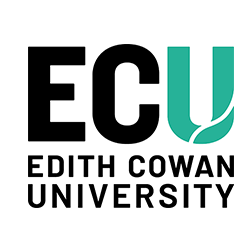Author Identifier (ORCID)
Xuequn Wang: https://orcid.org/0000-0002-1557-8265
Abstract
Although artificial intelligence (AI)-enabled chatbots have been increasingly incorporated into firms’ business processes, such as customer service, they are still ineffective at handling unstructured tasks. Therefore, organizations might adopt chatbots to cut down the workforce for structured tasks and augment the remaining employees in unstructured tasks. Although there are substantial workforce implications for rebalancing work activities, few studies have assessed chatbots from the augmentation angle by focusing on employees’ performance, perhaps because of the lack of a theoretical foundation and research on this new phenomenon within organizations. Using a mixed-methods design, we developed a model illustrating the impact of chatbots on perceived work performance from the information technology artifact perspective. We then used the qualitative study to conceptualize contextualized technology affordances to enhance customer service, support decision-making, and improve business agility and chatbot support (i.e. informational and emotional support) in the context of chatbots. We then used the quantitative study to validate context-specific variables and the research model. The results showed that three types of chatbot affordances are positively related to post-adoptive chatbot use, through which chatbots provide employees with informational and emotional support and improve perceived work performance. Our study makes an original contribution to the development of a theory about new IT phenomena related to the impact of chatbots on work performance. Our results also provide suggestions for organizations regarding how to integrate chatbots to improve work performance.
Document Type
Journal Article
Date of Publication
1-1-2024
Volume
41
Issue
4
Publication Title
Journal of Management Information Systems
Publisher
Taylor & Francis
School
School of Business and Law
RAS ID
71580
Creative Commons License

This work is licensed under a Creative Commons Attribution-Noncommercial-No Derivative Works 4.0 License.
First Page
1016
Last Page
1041


Comments
Lin, X., Wang, X., Shao, B., & Taylor, J. (2024). How chatbots augment human intelligence in customer services: A mixed-methods study. Journal of Management Information Systems, 41(4), 1016-1041. https://doi.org/10.1080/07421222.2024.2415773